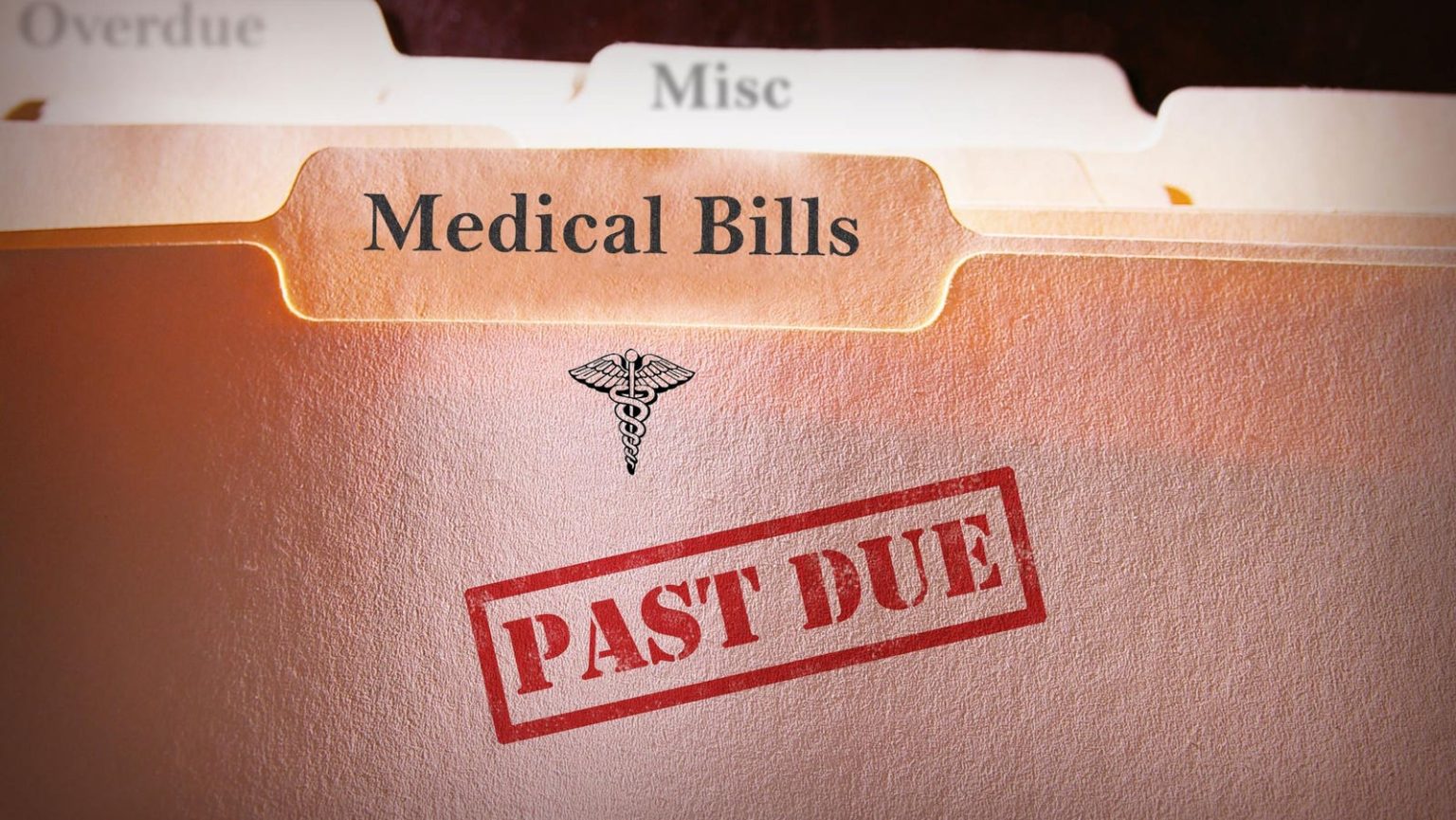As the school year starts for millions in the United States, student debt may be top of mind for many students and parents. With several years of student debt forgiveness programs underway, the federal government has now also announced similar initiatives focusing on medical debt, but they may not be very helpful for patients struggling to climb out from beneath healthcare bills.
Across the country, local and state governments, including Illinois, North Carolina, Connecticut, Michigan, Ohio, Louisiana, Arizona, Florida, Pennsylvania, Missouri, and New Jersey, have announced programs to buy outstanding medical debt or give hospitals additional payments if they take the steps needed to relieve outstanding medical debt from patients who qualify. While four in 10 Americans have medical debt, the impact of such initiatives may be less than expected.
First, under many of these programs, only patients with incomes less than a certain threshold will qualify for debt forgiveness. This makes sense philosophically—the government shouldn’t foot the medical bills of billionaires who aren’t paying them. At the same time, most of these programs are tied to Medicaid eligibility or defined as incomes less than a certain percentage of the federal poverty level.
For example, this summer, North Carolina Governor Roy Cooper announced a new set of medical debt relief policies, under which participating hospitals will receive funding to relieve medical debt for Medicaid enrollees. But that means anyone making more than $25,000 annually won’t qualify. So, the janitor cleaning your kids’ school rooms and working two other jobs will probably not qualify. Different types of debt (those deemed “uncollectible,” essentially debt at a later stage) will be relieved for those with incomes below 350% of the federal poverty level.
Second, hospitals that want to receive additional payments from these medical debt buyback programs must offer discounts on medical bills. But for the individual American, what does a “50% off” discount mean when your hospital bill is $250,000 for your cardiac arrest? Or when hospitalization for appendicitis costs $22,000? Or when your bill for an ER visit, after insurance, comes to $5,600?
Third, research shows that nonprofits like Undue Medical Debt (formerly RIP Medical Debt), whose goals are to “strengthen communities by erasing financially burdensome medical debt” and advocate for structural change in the U.S. healthcare system, have not benefited their target audiences as much as hoped.
After studying 83,401 people relieved of medical debt, the $169 million of debt paid off by the nonprofit sadly did not yield any significant improvement in mental health, no improvement in credit scores unless the individual had no other debts in collection, and no change in healthcare utilization or financial wellness. Those whose medical debt had been relieved reported similar financial barriers to seeking medical care and continued to experience trouble paying other bills compared to those without medical debt relief.
These findings may seem somewhat counterintuitive—after all, doesn’t it seem like common sense that if someone paid off your medical debts, this reduced financial burden should translate into improved financial stability? This may be demonstrated in student loan forgiveness programs, but it is not the same for medical debt.
There are several parallels between student loans and medical debt, including the use of collection agencies and other predatory parties, which has encouraged some policymakers to pursue similar tactics in debt relief. However, one of the most considerable differences between these two types of debt is that student loans typically tend to be a more discrete, non-recurring event, as opposed to medical debt, which is much more unpredictable.
Because of the dysfunctional nature of the U.S. healthcare system, where care is charged and paid for through a complex web of public, private, or mixed insurance payments along with patient responsibility, every time someone seeks healthcare, they face a significantly higher risk of encountering excessive charges, billing errors, denied claims, and high out-of-pocket expenses. The use of the healthcare system is unpredictable, with the only certainty that the need for it is inevitable and increases with age. As a result, even if medical debt is “wiped out” at one point, there is a high probability that medical debt will recur.
Well-intentioned debt-relief policies and programs, whether public or private, can have unwelcome ramifications on the more extensive healthcare system. Healthcare finance news usually centers on bad actors in healthcare, including non-profit hospitals that sometimes act no differently from their for-profit counterparts. But what about mission-driven hospitals that are struggling to survive and trying to provide needed services in areas where it is unprofitable? These hospitals depend on patient revenues to operate. Is it fair to force hospitals that are already charging lower than their counterparts to provide the same percentage discount on their prices? Without a measure of what charges are reasonable, this blunt policy could create a potential incentive to further inflate the “list prices” that hospitals charge patients, also known as the “chargemaster.”
And this could hurt all patients—those who qualify for Medicaid and most Americans who do not, further distorting the cycle of irrational pricing and misaligned incentives. In the worst-case scenario, hospitals serving those most in need who don’t have much financial margin will be forced to shut their doors, leaving these communities without healthcare services.
Conversely, hospitals already profiting from the current system could make even more money without helping patients by gaming the system. How? Hospitals can write off “bad debt” or unpaid patient balances as “charity care,” ironically giving them a bigger tax write-off. Because there is no regulation on the prices that hospitals can charge for their services, they could easily increase their prices tomorrow. Especially as hospitals allow a larger number of patients to be eligible for a percentage discount, these increased prices mean they can write off a more significant dollar amount, leading to a loss of substantial tax revenue for the government. Ultimately, these types of medical debt relief programs administered through incentive payments to hospitals could result in the government paying twice for no real patient benefit.
To be clear, it is essential to start addressing the consequences of the dysfunctional way our country has chosen to finance healthcare. Policymakers should be lauded for any attention they pay to these issues because they affect the lives of every American. But the effects of these initiatives will be a far cry from the aspirations of policymakers.
North Carolina governor Roy Cooper, for example, has said that the pilot project in his state will “significantly relieve a burden for them, but it also can help make people healthier … They won’t have this fear of going to a doctor or going to a hospital.” Senator Mike Simmons from Chicago has stated that the state’s medical debt purchasing program is “giving Illinois families control of their financial future without the burden of medical debt holding them back.” But a one-time medical debt buyback program will neither take away patients’ fears from seeking medical care, nor will it assure them of a future without medical debt.
Medical debt is a foreign concept in other developed countries, and there is much to learn from these models. As it stands, one of the largest current federal initiatives, the American Rescue Plan, is projected to cancel medical debt for 3 million Americans. This is less than 1% of Americans. Yet 40% of Americans have difficulty paying their medical bills. True medical debt relief will only come when our labyrinthine healthcare system is reformed. This will require proposals that address the fundamental issues of why patients even have medical debt in the first place—even with relief programs that promise to erase it.
Read the full article here





